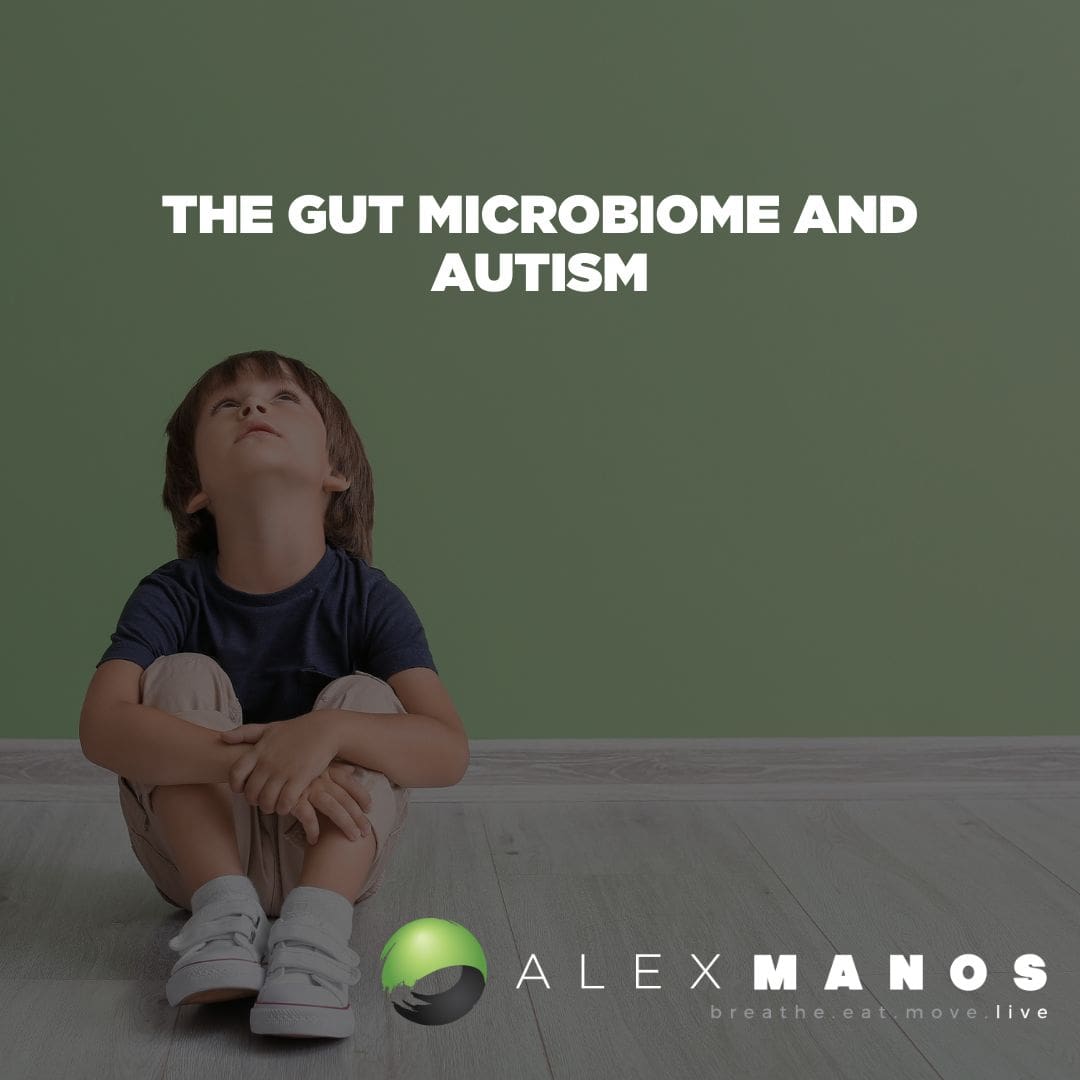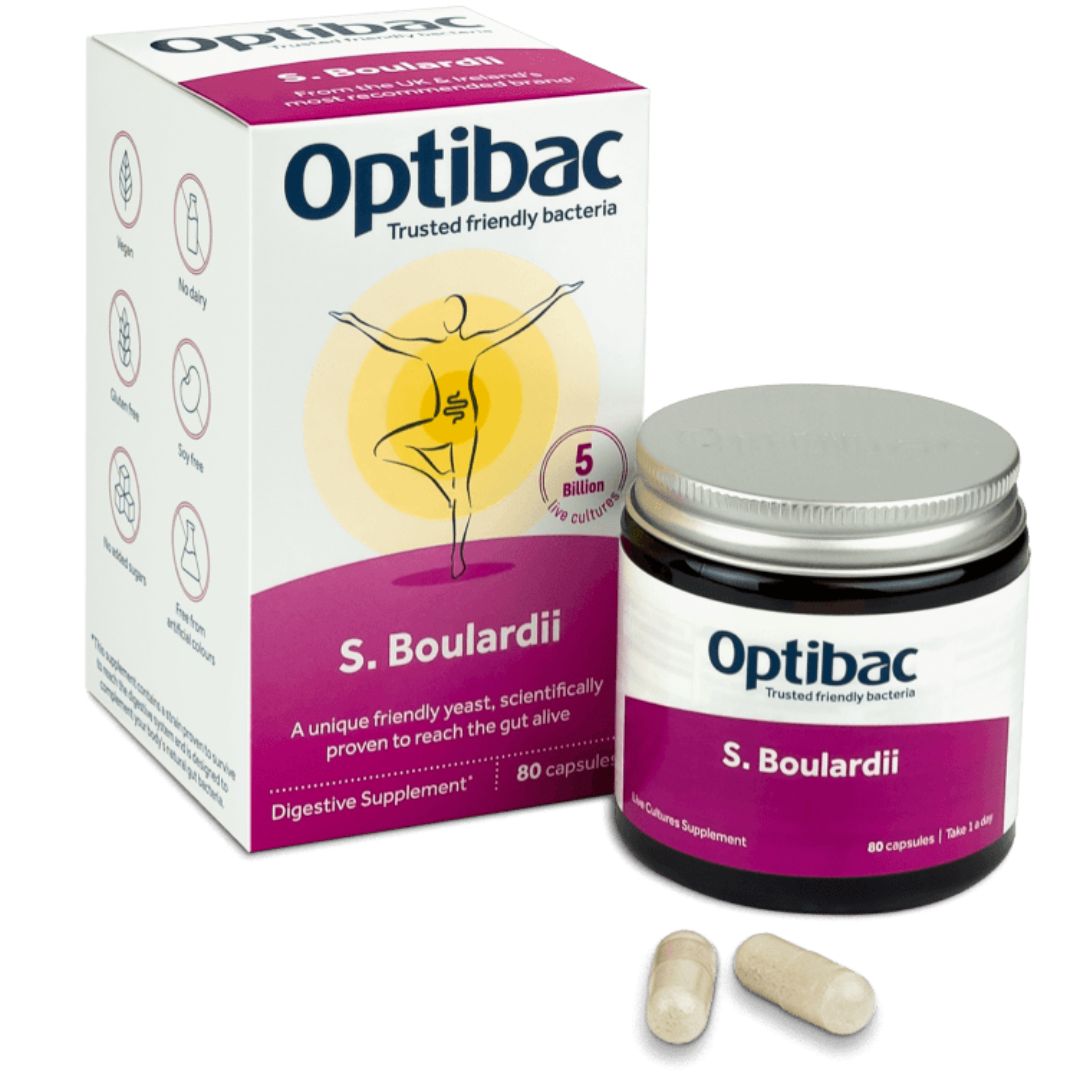Welcome to my blog ‘The Microbiome And Autism: Cause or Consequence?’.
You may like to read my blog Microbiome Resilience: 5 Ways To Achieve It, and, Red Light Therapy For The Gut Microbiome.
The Microbiome And Autism
There is increasing interest in the potential contribution of the gut microbiome to autism spectrum disorder. However, previous studies have been underpowered and have not been designed to address potential confounding factors in a comprehensive way.
A potential link between autism and the gut microbiome was originally proposed approximately 20 years ago. Oral vancomycin treatment has been reported to result in short-term benefits in a subset of children with autism, and numerous studies from diverse cohorts have found altered gut bacterial profiles of patients with autism, compared to controls, such as the absence of Bifidobacterium longum and genus Prevotella and overgrowth of various clostridium bacteria (Ho et al., 2020). (source)
Evidence from animal studies strongly suggests that the microbiome plays a role in the development of autism. For example, mice that are raised without any exposure to microbes (germ-free) exhibit altered behaviours similar to those seen in people with autism when they are later exposed to stool samples from human donors with autism. Additionally, changes to the microbiome of a pregnant mouse can affect the behaviours of her offspring in ways that are relevant to autism. These findings indicate that disruptions to the microbiome early in life can significantly influence behaviour. Overall, these animal studies highlight the importance of early microbial exposure in the potential development of autism. (source)
This not only provides evidence for the pathogenic role of early life microbiota in autism but also implies that interventions based on early life microbiota have the potential to reduce disease burden.
Interestingly, several experimental interventions and early clinical trials aimed at “treating” autism by targeting the microbiome also suggest that microbial intervention may also be a fruitful management strategy for those diagnosed with the disorder (Kang et al., 2017).
In fact, the possible mechanisms by which gut microbiome influences the aetiology of autism via altering gut-brain axis have been widely discussed (source)
Recently in Cell, Yap et al. (2021) comprehensively explored microbiome-autism associations in a highly detailed and rigorous observational study in humans, based on participants from the Australian Autism Biobank and the Queensland Twin Adolescent Brain project. Yap et al. sequenced the fecal microbiomes of 247 children, including 99 with diagnosed ASD and 51 of their undiagnosed siblings, using metagenomic sequencing. Models using this data showed that children’s microbiome composition was associated with age, stool consistency, and diet, but not ASD diagnosis; with only one species, Romboutsia timonensis, identified as differentially abundant and lower in those with ASD.
We found negligible direct associations between ASD diagnosis and the gut microbiome. Instead, our data support a model whereby ASD-related restricted interests are associated with less-diverse diet, and in turn reduced microbial taxonomic diversity and looser stool consistency.
These results differ from previous human studies that have reported multiple ASD-microbiome associations. However, few of these previous studies address the potential critical confounding role of diet in autism-microbiome relationships.
Overall, microbiome differences in autism may reflect dietary preferences that relate to diagnostic features, and we caution against claims that the microbiome has a driving role in autism. (source)
What Does This All Mean?
The findings from the study by Yap et al. (2021) offer valuable insights into the connection between the gut microbiome and autism, as well as other neuropsychiatric conditions. One key takeaway is that future microbiome research should focus on collecting detailed dietary information, especially for neuropsychiatric conditions, as diet may vary with diagnosis or treatment. The authors also highlight the need to consider how diet and specific behaviours influence the microbiome, which is important for understanding how diet can cause changes in the microbiome. Furthermore, the study underscores the importance of dietary and nutritional interventions for neuropsychiatric populations, such as individuals with autism spectrum disorder (ASD), who often struggle with poor diet quality and limited dietary variety. (source)
Limitations
This study has some limitations. Autism is a neuro-developmental disorder that primarily affects the early development of the nervous system, especially from birth to age 3. During this critical period, children with autism may experience developmental delays, rigid behaviours, and social challenges (Lord et al., 2018). The establishment of the gut microbiota also occurs during this early stage of life (Roswall et al., 2021). Factors like premature birth, cesarean delivery, feeding methods, antibiotic use, and environmental influences can impact how gut bacteria are established, potentially leading to imbalances.
In this study, the average age of participants was 8.7 years, with an age range of 2–17 years. However, only seven to eight children in each group were under 3 years old, and only one child was under 2 years old. This means that although the participants had behaviours and clinical diagnoses consistent with autism, most were not in the crucial early stage when autism typically develops. Additionally, many of them had already undergone medication and behavioural interventions.
Therefore, the authors’ conclusion that there is no direct link between autism and the gut microbiome across all ages is questionable. It is important to consider that the gut microbiome could still play a role in early neural development. To better understand this, future research should include prospective, longitudinal studies that follow participants over time. (source)
Probiotics, The Microbiome And Autism
Parracho et al. conducted a placebo-controlled, double-blind, crossover study to investigate the effects of the probiotic strain Lactobacillus plantarum WCSF1 on the gut microbiota, gut function, and behaviour in children with autism spectrum disorder. The study lasted 12 weeks and involved two groups: one group received a placebo for three weeks, followed by a three-week washout period, then three weeks of probiotic treatment, and another washout period; the other group started with the probiotic for three weeks, followed by a washout period, then received the placebo for three weeks, followed by another washout period.
Children aged 4 to 16 years received a daily dose of L. plantarum WCSF1 (4.5 × 10¹⁰ CFU). Results showed significant changes in the gut microbiota, with an increase in enterococci and lactobacilli and a reduction in Clostridium cluster XIVa. Bowel function improved during probiotic intake compared to the placebo, and although gastrointestinal symptoms like bloating, abdominal pain, and flatulence did not change significantly, stool consistency improved notably during probiotic treatment. Behavioural scores, measured using the Development Behaviour Checklist, also showed improvement during probiotic intake compared to the baseline. The study concluded that supplementation with WCSF1 positively impacted the gut microbiota and behaviour in children with autism. (source)
Tomova et al. examined the gastrointestinal (GI) microbiota in children with autism spectrum disorder, their siblings, and neurotypical (control) children in Slovakia. The study also explored changes in fecal microbiota, plasma hormone, and cytokine levels following probiotic intervention in these groups. Autistic children, their siblings, and controls were given a daily probiotic supplement containing three Lactobacillus strains, two Bifidobacterium strains, and one Streptococcus strain (in a 60:25:15 ratio; one capsule three times a day) for four months. This intervention led to a reduction in Bifidobacterium and Desulfovibrio species and helped balance the Bacteroidetes/Firmicutes ratio in the feces of children with autism.
The study found a strong positive correlation between the severity of autism symptoms and the severity of GI dysfunctions. After probiotic supplementation, levels of the inflammatory marker TNFα decreased. However, no significant correlations were observed between fecal microbiota and plasma levels of hormones like DHEA-S, oxytocin, and testosterone. Overall, the study concluded that probiotic supplementation significantly altered the gut microbiota composition in children with autism. (source)
A study by Adams et al. revealed that the severity of autism has a strong direct correlation with the GI symptoms, which was assessed by the Autism Treatment Evaluation Checklist (ATEC), and that the probiotic supplementation influences the level of short chain fatty acids in ASD children. (source)
D-arabinitol is a substance produced by harmful Candida species, and the ratio of d-arabinitol to l-arabinitol in the body can serve as a biomarker for candidiasis, a fungal infection. In a study involving children with autism, taking the probiotic L. acidophilus Rosell-11 (5 × 10⁹ CFU per gram, twice a day) for two months led to a significant reduction in urine levels of d-arabinitol and the d-arabinitol/l-arabinitol ratio. Additionally, the children showed improvements in their ability to concentrate and follow instructions. (source)
A case study by Grossi et al. found that supplementing with VSL#3, a probiotic blend containing Lactobacillus delbrueckii subsp. bulgaricus (now L. helveticus), L. acidophilus, B. breve, B. longum, B. infantis, L. paracasei, L. plantarum, and S. thermophilus, for four weeks significantly improved core symptoms of autism and reduced gastrointestinal (GI) issues in a 12-year-old boy with ASD and severe cognitive impairment. During a four-month follow-up, the VSL#3 treatment reduced the Social Affect score on the Autism Diagnostic Observation Schedule (ADOS) after two months, with further reductions observed after another two months, and no changes in the score were noted up to 10 months. This suggests that probiotics may help alleviate symptoms of ASD, although more research is needed.
In another study, supplementing a probiotic mix of B. longum, L. rhamnosus, and L. acidophilus (1 × 10⁸ CFU per gram, 5 grams per day) for three months significantly changed the fecal microbiota of children with ASD, increasing levels of Bifidobacteria and Lactobacilli. This intervention was associated with reduced severity of both ASD symptoms and GI discomfort, as measured by the Autism Treatment Evaluation Checklist (ATEC) and a six-item GI Severity Index (6-GSI) questionnaire, respectively. The findings suggest that probiotics can improve behavioural patterns and GI symptoms in children with ASD.
Additionally, L. rhamnosus GG (10¹⁰ CFU per day) was given to pregnant women four weeks before delivery and continued for six months post-delivery, either to the breastfeeding mother or directly to the infant. Clinical and behavioural assessments were conducted at several intervals from three weeks to 24 months, with final evaluations for ADHD and Asperger syndrome at age 13. The results indicated that probiotic supplementation reduced the risk of developing neuropsychiatric disorders compared to the placebo group. (source)
The Gut-Brain Axis And Autism
GI disorders are approximately fourfold more prevalent in children with ASD than in the neurotypical population. Although all of the same GI disorders that present in neurotypical individuals can also be found in those with ASD, constipation and diarrhoea tend to be the most common. There have been strong correlations found between GI dysfunction and multiple other co-morbidities. For example, functional constipation in children with ASD has been associated with worsened behavioural symptoms, as well as an increase in cortisol, stress, and anxiety. Other CNS-based co-morbidities in the ASD population, such as seizures and sleep disorders, also present more commonly in association with GI dysfunction. (source)
Alterations in gut microbial composition can lead to altered levels of neuroactive molecules, such as short-chain fatty acids (SCFAs), particularly propionic acid, acetic acid and butyric acid, and lipopolysaccharides that can induce changes in the CNS through the endocrine pathway, and they have all been found to be over-expressed in ASD populations, although the results remain mostly contradictory. (source)
Research shows that short-chain fatty acids (SCFAs) can cross the blood-brain barrier and influence brain cell functions. For example, when propionic acid, a type of SCFA, is given to pregnant mice, their offspring, or directly to young mice, it triggers behaviours similar to autism. Similarly, increasing dietary propionic acid in children has been linked to autism-like behaviours in both animal and human studies. (source)
SCFAs produced by gut bacteria can affect specific gastrointestinal and immune pathways, potentially disrupting gut metabolism and increasing immune responses. This can lead to mitochondrial dysfunction and elevated oxidative stress. Prolonged oxidative stress can further weaken the intestinal barrier, increasing gut permeability and promoting inflammation.
In the brain, microglial cells can become activated, which can heighten inflammation, disrupt synapse function, and contribute to behavioural abnormalities and neurological issues. Changes in the gut microbiome can also trigger oxidative stress in the gut lining, altering gut permeability and impacting health and behaviour.
The gut microbiome can release metabolites that influence levels of psychoactive substances in the central nervous system or produce these neuroactive compounds directly. Key neurotransmitters linked to ASD, such as serotonin, glutamate, and dopamine, appear to be regulated by the gut microbiome. (source)
Leaky Gut And Autism
‘Leaky Gut Syndrome’ occurs when the barrier of the small or large intestine becomes compromised, allowing more molecules and cells to pass between the gut and the bloodstream than usual.
The intestinal barrier involves several components, including the gut microbiota, mucus layer, intestinal lining, immune elements, hormonal and nervous systems, blood and lymph vessels, and digestive enzymes. This barrier is crucial as it acts as the body’s first defence against harmful substances, balancing the gut’s contents and the complex intestinal structure. A healthy barrier prevents inflammation, both in the gut and throughout the body, and regulates immune responses. Normally, only tiny amounts of antigens pass through this barrier to interact with the immune system. However, when the barrier’s function is compromised, harmful bacteria and antigens can cross, potentially leading to various diseases. The main components of this barrier are tight junctions, which are groups of proteins located between the cells lining the gut. These tight junctions are reinforced by a thick mucus layer and help maintain the barrier’s selective permeability, interacting with the contents of the gut and gut bacteria. (source)
The gut and brain are closely connected, communicating regularly through neuropeptides like substance P, calcitonin gene-related peptide, neuropeptide Y, and vasoactive intestinal polypeptide. The hypothalamic-pituitary-adrenal (HPA) axis also plays a role, releasing cortisol, which influences gut function and is linked to anxiety and depression. This two-way communication allows the gut microbiome to impact the central nervous system through various pathways, including neuronal, hormonal, immune, and metabolic processes. (source)
Increased gut permeability is thought to be linked to autism spectrum disorder (ASD). For example, studies have shown that injecting propionic acid (a substance produced by gut bacteria) into rats’ brains causes neuroinflammation and behaviours similar to those seen in ASD. This might help explain why some children with ASD experience worsened symptoms when consuming food preservatives containing propionic acid. In these cases, increased gut permeability may allow propionic acid to enter the bloodstream and cross the blood-brain barrier, affecting brain function. (source)
An intact intestinal barrier is essential for preventing gut contents from entering the bloodstream, thereby reducing inflammation and protecting against GI disorder.. When this barrier is compromised, inflammation can increase. De Magistris et al. found that about 36.7% of children with ASD had abnormal gut permeability compared to less than 5% of neurotypical children. Similarly, D’Eufemia et al. reported that 43% of ASD children with GI symptoms had impaired gut permeability. To further explore this connection, Teskey et al. measured a marker of gut damage, intestinal fatty acid-binding protein, in the blood of children with ASD and found that higher levels of this protein were linked to more severe communication, social interaction, and behavioural issues. (source)
The Blood-Brain Barrier
Neurotransmitters produced in the gut generally do not reach the brain due to the blood-brain barrier, which blocks their passage. An exception might be GABA, as its transporters are present at the blood-brain barrier. However, even without direct transport, gut-derived neurotransmitters can still influence the central nervous system by interacting with the enteric nervous system.
The blood-brain barrier is a key part of the microbiota-gut-brain axis. It regulates the movement of certain molecules and helps maintain normal brain function. Additionally, it plays a role in the immune system by protecting the brain from harmful bacteria and microbial molecules, both during development and throughout adulthood. A balanced gut microbiome is essential for the proper development and maintenance of a healthy blood-brain barrier.
Post-mortem studies of autistic individuals have shown structural changes in the brain, such as increased activation of microglial cells. This supports the idea that autism spectrum disorder may involve, or be associated with, immune activation in the brain, leading to neuroinflammation and potential disruptions in synapse function.
Alex is a certified Functional Medicine Practitioner (IFMCP) and has a MSc in Personalised Nutrition. He is also a breathwork facilitator with a background in personal training and massage therapy. He also runs The Resiliency Program - a 24 week program aimed at building physical, mental, emotional, and spiritual resilience.






